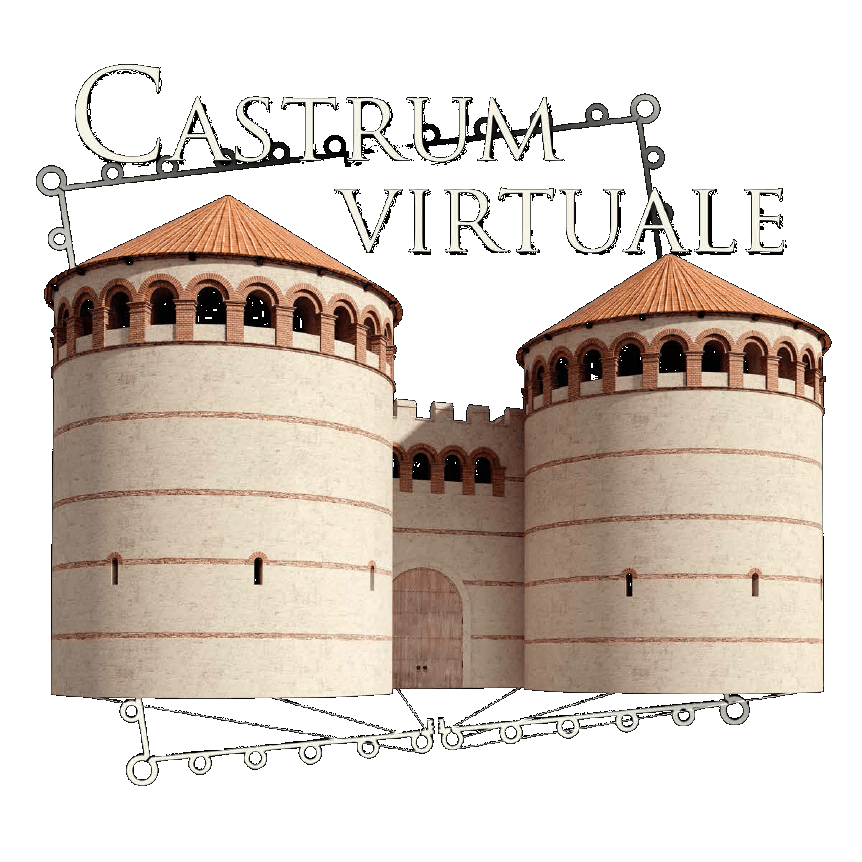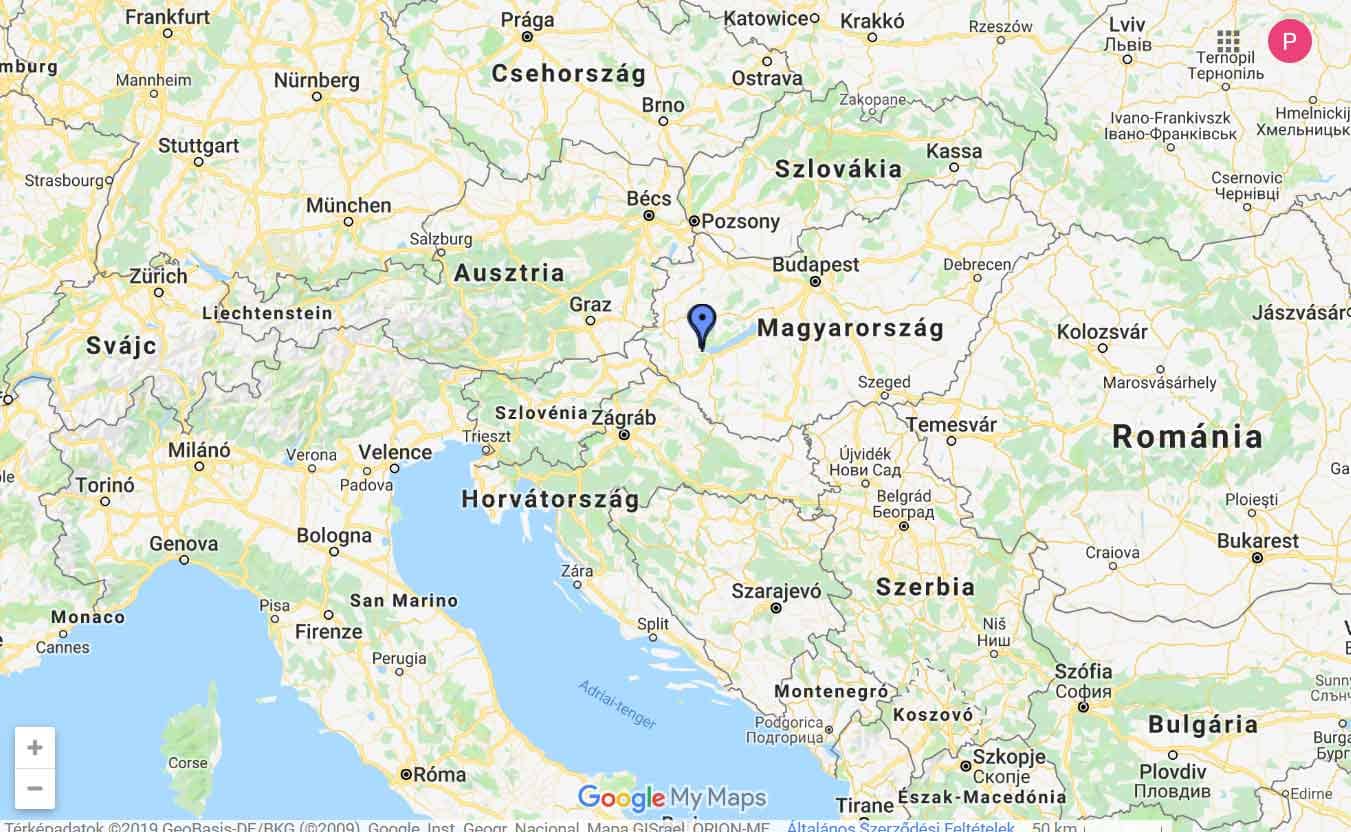A thousand-and-a-half-thousand-year history
The Fortress of Rome. Keszthely-Bottompuszta is located on the western tip of Lake Balaton, one of the most important archaeological sites in Hungary.
Bottompuszta – Keszthely Map
Roman Fortress
Keszthely-Bottompuszta
The Castrum Virtuale Exhibition
Balatoni Múzeum
Castrum Virtuale

Időutazás az erődbe
The Balaton Museum invites the audience to the Roman fortress of The Bottom puszta for a time travel. On Saturday, castrum virtuale opens, which, after Heidelberg, will show you what the late ancient fortress of Buttmere looked like. The exhibition is linked to a scientific conference where archaeologists and architects discuss the possibilities of creating an archaeological park.
Heidelbergi egyetem
In one of Germany's most visited tourist centres, The Butt Puth is presented. From 25 April, heidelberg university will show the reconstructions of the Roman fortress and its buildings. The spectacular exhibition is expected to be viewed by thousands. The exhibition of the Balaton Museum and its partners arrives in Keszthely in September. The bottompuszta is one of the most important archaeological sites in Hungary, with a great deal of interest from professional
3D - múltból a jelenbe
In full reality, the fort of the bottom of the fort is alive in front of visitors on the latest exhibition of the Balaton Museum. The exhibition Castrum Virtuale presents the results of a German-Hungarian co-production excavation, but also uses digital technology to guide visitors into the past.
Press

After the abandonment of Pannonia, romans could live in The ButtocksH

FAULTY FLOOR PLAN – THREE-DIMENSIONAL TOUR OF THE RUINS OF THE ROMAN FORTRES

Buttocks – excavations for 125 years
Interview with BálinttalZala

Buttock excavations in new lightW

Drone and magnetometer search for roman scan of Buttocks T

In the wake of the past
Archaeologists' work and the secrets of an excavation have gained insight today


Recent Comments